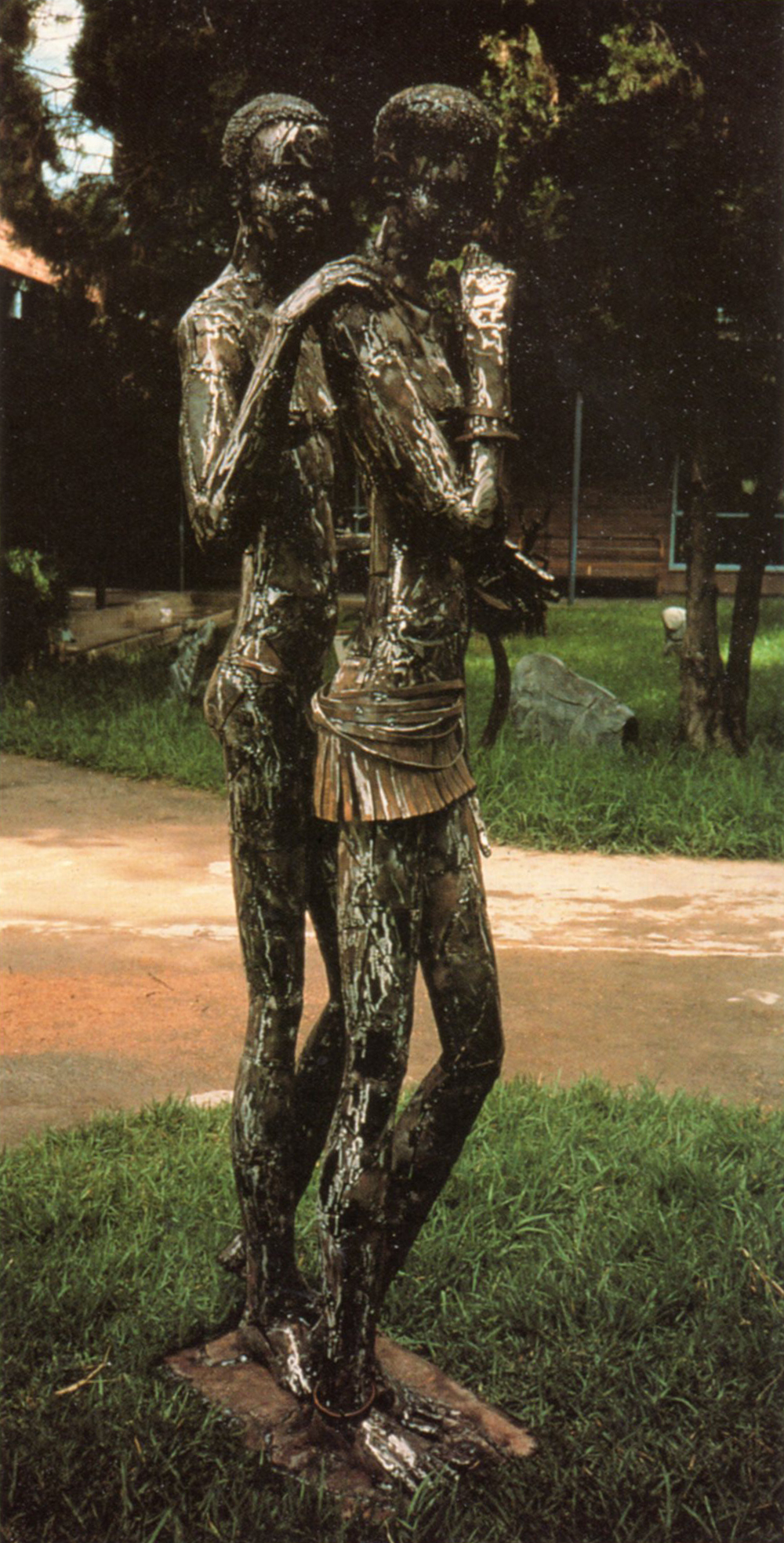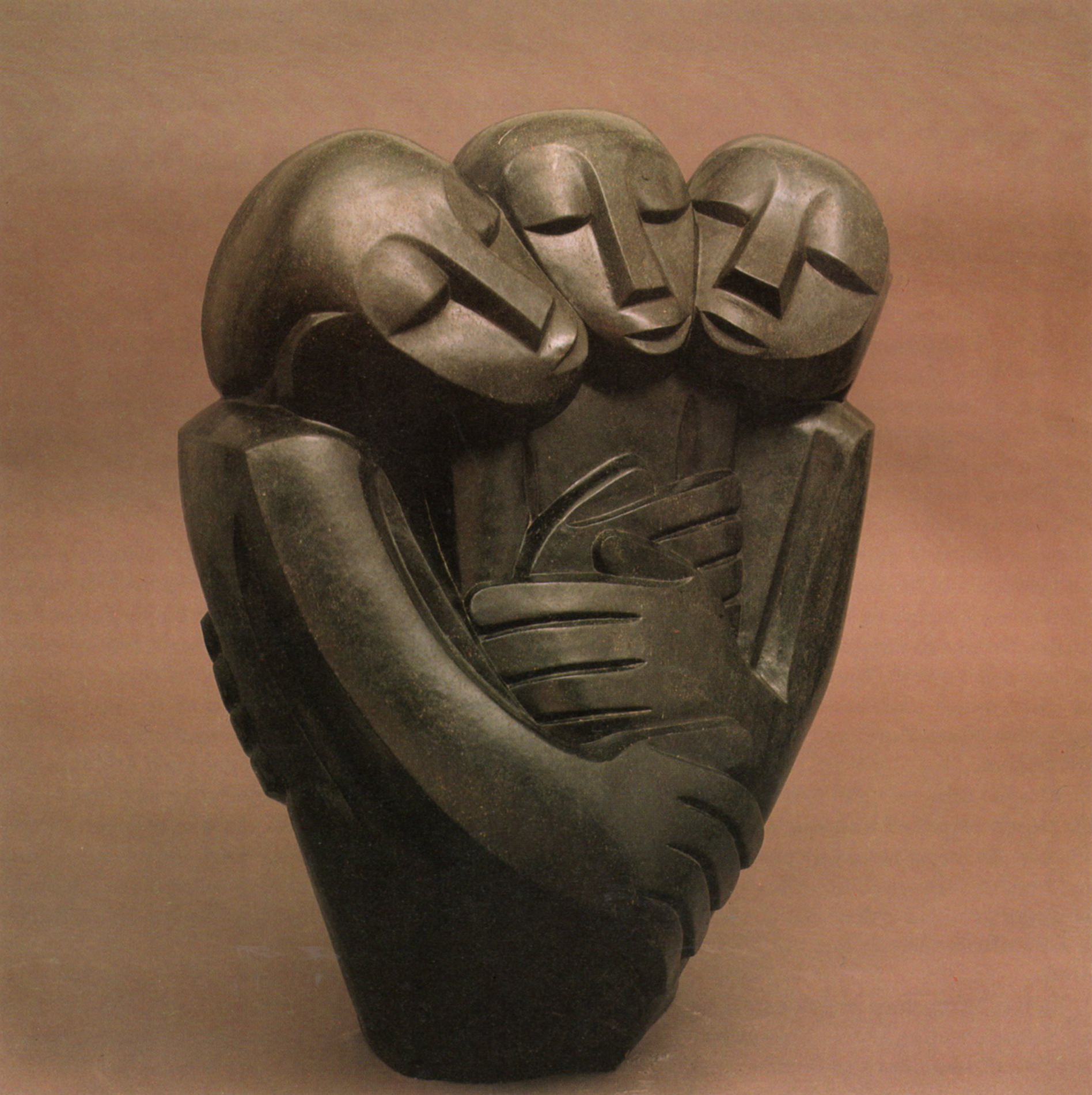Zimbabwe in 1990
Date of independence: 18 April 1980
Population: 9.5 million
Effects of South African destabilisation, 1980-88
(Source: United Nations Economic Commission for Africa)
- 500 war-related deaths
- 175 000 Mozambican refugees, costing US$40 million (1988)
- excess defence spending US$3.25 billion, including 12 500 troops in Mozambique
- excess transport costs US$800 million
Archaeologists trace human occupation of Zimbabwe back 100,000 years, and the country is rich in stone age remains, notably impressive rock painting. By the twelfth century, the Shona were building in stone, initiating a unique African architectural tradition that left Great Zimbabwe and more than 400 other megalithic sites scattered around the country.
The Mwene, Mutapa and Rozwi empires successively dominated the area into the 19th century. But, under a royal charter, Cecil Rhodes’ British South African Company began colonising Zimbabwe in 1890.
The Ndebele put up a stiff resistance when war broke out between Lobengula and the British South African Company in 1893. Although defeated, three years later they rose up again, this time with the Shona, in the first Chimurenga war. Despite its defeat, the Chimurenga provided an inspiration to later nationalist movements as a symbol of resistance and national unity.
White settler power grew steadily until 1923 when Southern Rhodesia officially became a self-governing colony. Africans, excluded from the best farming land and banned from entering skilled employment through acts of parliament, were forced to work in virtual servitude on white farms, in mines and factories. Mass protest movements grew in the late 1950’s when white political domination threatened to become permanent with the economic success of the federation.
After the dissolution of the Federation in 1963, Zambia and Malawi were granted independence on the basis of majority rule.
Britain refused to decolonise Southern Rhodesia until agreement was reached between the black and white populations. In November 1965 there was a unilateral declaration of independence by the Government of Ian Smith.
Armed opposition to UDI emerged in 1966, and a full-scale civil war developed in late 1972 between government forces, supported by the Southern Africans, and freedom fighters based in Zambia and Mozambique.
After a Commonwealth-negotiated settlement, Robert Mugabe was invited to form Zimbabwe’s first independent African government in 1980. After South Africa, Zimbabwe has the most broadly-based economy of any African country, with a strong agricultural base and a diversified industrial infrastructure.



